In recent years, Beard Laser Hair Removal Abu Dhabi has gained significant popularity among men seeking a permanent solution to facial hair management. The convenience of reducing or eliminating the need for daily shaving, coupled with the desire for a cleaner, more defined beard line, makes laser hair removal an attractive option. However, safety remains a primary concern for many individuals considering this treatment. Understanding how safe beard laser hair removal is for the skin can help potential candidates make informed decisions and approach the procedure with confidence.
Understanding Laser Hair Removal and Its Mechanism
What Is Laser Hair Removal?
Laser hair removal is a medical procedure that uses concentrated light beams to target hair follicles. The light energy is absorbed by the pigment in the hair, ultimately damaging the follicle to inhibit future hair growth. This method offers a long-term reduction in hair density and can lead to smoother skin with minimal maintenance.
How Does It Work on Facial Hair?
When performed on facial hair, the laser targets the melanin within the hair shafts. Since facial hair tends to be darker and coarser, it often responds well to laser treatment. The procedure involves multiple sessions to target hair follicles in different growth cycles, ensuring more comprehensive results.
Factors Contributing to Safety in Beard Laser Hair Removal
Precision and Selectivity of Laser Technology
Modern laser devices are designed with precision, allowing practitioners to target hair follicles while sparing surrounding skin tissue. This selectivity minimizes the risk of skin damage, making the treatment safer even on sensitive facial skin.
Customized Treatment Settings
A key factor in ensuring safety is the customization of treatment parameters based on individual skin type, hair color, and hair thickness. Professionals assess these factors thoroughly before administering the procedure, adjusting settings to optimize safety and efficacy.
Skilled and Certified Practitioners
The safety of laser hair removal heavily depends on the expertise of the practitioner. Certified professionals with specialized training understand the nuances of facial skin and hair, ensuring that the procedure is performed correctly and safely.
Use of Approved and Modern Laser Devices
Advancements in laser technology have led to the development of devices specifically designed for facial hair removal. These devices incorporate safety features and adjustable settings, reducing the likelihood of adverse effects.
Skin Types and Their Compatibility with Laser Hair Removal
Fitzpatrick Skin Types and Treatment Suitability
Different skin types respond differently to laser treatment. Individuals with lighter skin tones generally experience safer and more effective results due to the contrast between skin and hair pigment. However, advancements in laser technology have expanded the suitability for darker skin types, emphasizing the importance of professional assessment.
Hair Color and Texture Considerations
Darker and coarser hair tends to absorb laser energy more effectively, leading to better results. Fine or lighter-colored hair may require more sessions or alternative approaches for optimal outcomes.
Pre-Treatment Precautions for Safe Laser Hair Removal
Skin Preparation and Avoidance of Sun Exposure
Prior to treatment, avoiding sun exposure and tanning can reduce the risk of skin irritation and pigmentation changes. Proper skin preparation ensures the skin is in optimal condition for laser therapy.
Avoidance of Certain Skin Products
Using products that increase skin sensitivity, such as retinoids or exfoliants, should be discontinued before treatment. This minimizes the likelihood of adverse reactions.
Consultation and Patch Test
A thorough consultation with a qualified practitioner helps assess skin and hair characteristics. A patch test may be performed to evaluate skin response and ensure safety before proceeding with full treatment.
Post-Treatment Care and Safety Measures
Immediate Aftercare
Post-treatment, the skin may appear slightly red or swollen, which is usually temporary. Applying soothing lotions and avoiding harsh skincare products helps in skin recovery.
Sun Protection
Protecting the treated area from sun exposure is crucial to prevent pigmentation issues and skin irritation. Use of broad-spectrum sunscreens is recommended.
Follow-Up Sessions and Monitoring
Adhering to recommended intervals between sessions allows for safe and effective hair reduction. Regular monitoring ensures any adverse reactions are promptly addressed.
Common Myths and Facts About Beard Laser Hair Removal Safety
Myth: Laser Hair Removal Causes Skin Cancer
Fact: There is no evidence linking laser hair removal to skin cancer. When performed correctly, it is a safe procedure with minimal risks.
Myth: Laser Treatment Is Painful and Unsafe
Fact: While some discomfort may be experienced, most practitioners use cooling devices and topical anesthetics to ensure patient comfort and safety.
Myth: Laser Hair Removal Is Suitable for Everyone
Fact: Suitability depends on various factors such as skin type, hair color, and medical history. A professional assessment ensures safety and efficacy.
Myth: Laser Treatments Damage Skin Permanently
Fact: The procedure is designed for long-term hair reduction, not skin damage. Proper technique and professional oversight prevent permanent skin harm.
Conclusion: How Safe Is Beard Laser Hair Removal for Skin?
When performed by trained and certified professionals using advanced laser technology, beard laser hair removal in Abu Dhabi is generally considered a safe procedure. The key lies in proper skin assessment, tailored treatment parameters, and adherence to pre- and post-treatment care instructions. While individual responses may vary, the overall safety profile of laser hair removal has been well-established, making it a reliable option for men seeking a permanent solution to facial hair management.
Choosing a reputable clinic and experienced practitioner ensures the procedure is executed with utmost safety, reducing the likelihood of side effects and complications. As with any cosmetic procedure, transparency, consultation, and adherence to recommended guidelines are essential to achieving the best results safely.
FAQs
1. How many sessions are typically needed for beard laser hair removal?
Most individuals require multiple sessions, usually between 6 to 8, to achieve optimal hair reduction. The exact number varies based on hair density, growth cycles, and individual skin response.
2. Is laser hair removal suitable for all skin tones?
Advances in laser technology have made it safer for a broader range of skin tones, including darker skin. However, a professional assessment is necessary to determine suitability and tailor the treatment accordingly.
3. Can laser hair removal be performed on sensitive skin areas?
Yes, laser hair removal can be performed on sensitive facial areas, but it requires a highly skilled practitioner to ensure safety and minimize irritation.
4. How long does a typical session take?
A session for beard area treatment generally lasts between 30 to 60 minutes, depending on the size of the area and the equipment used.

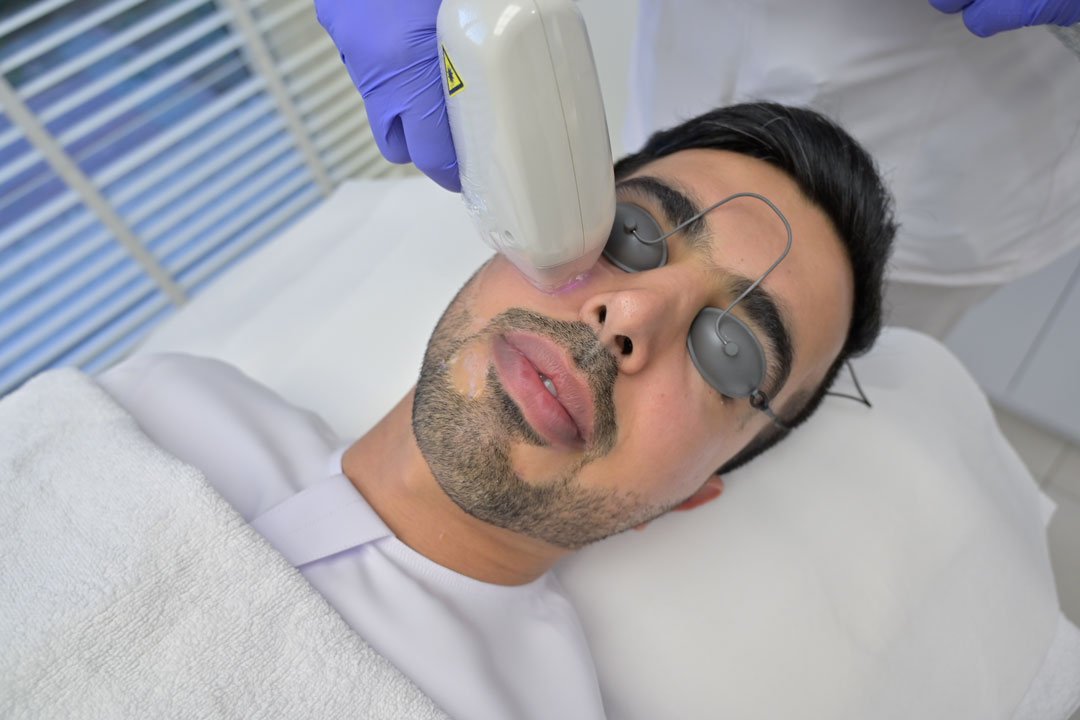
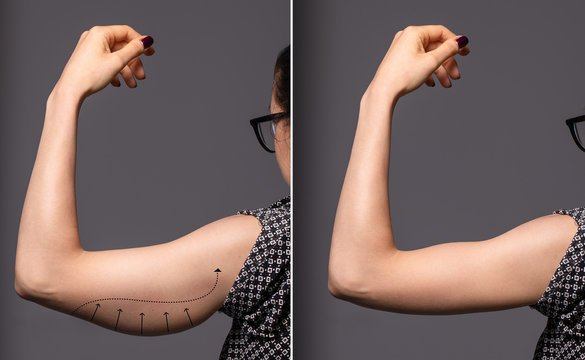

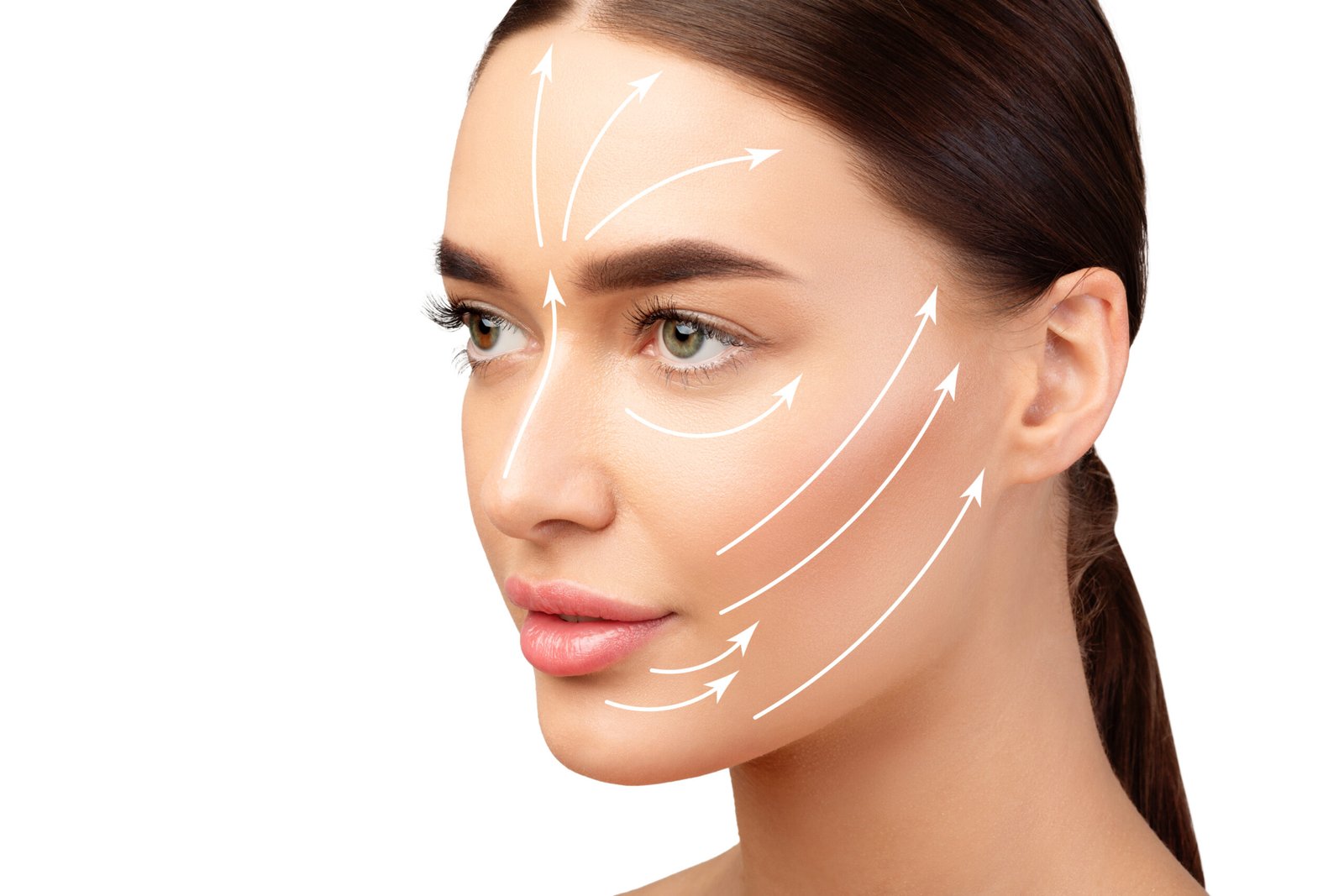
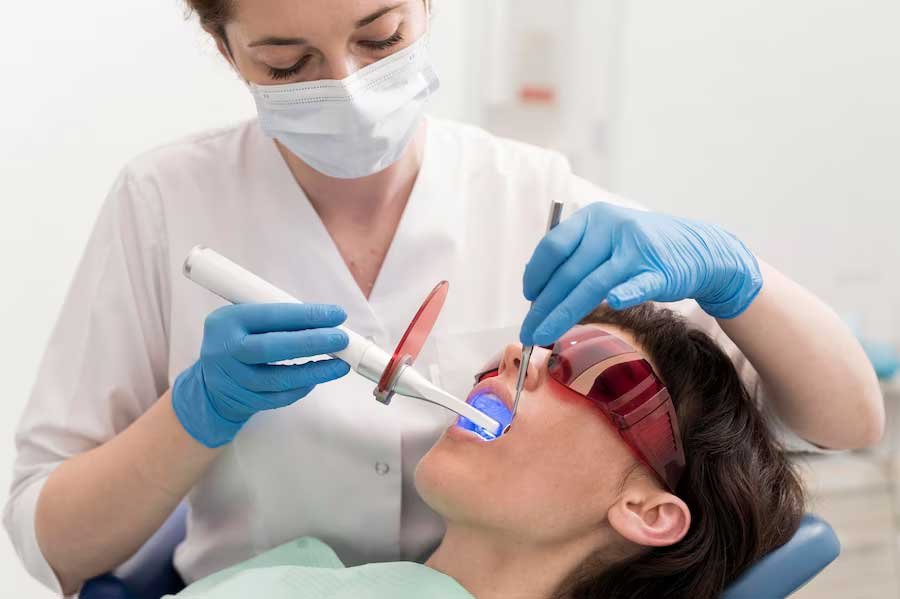
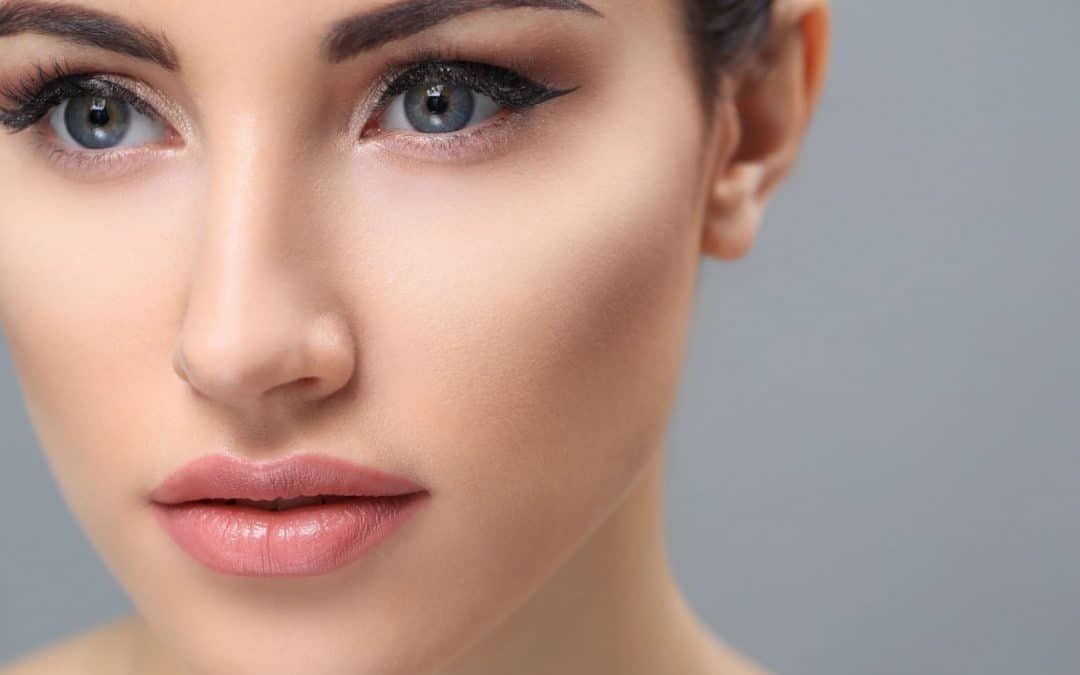
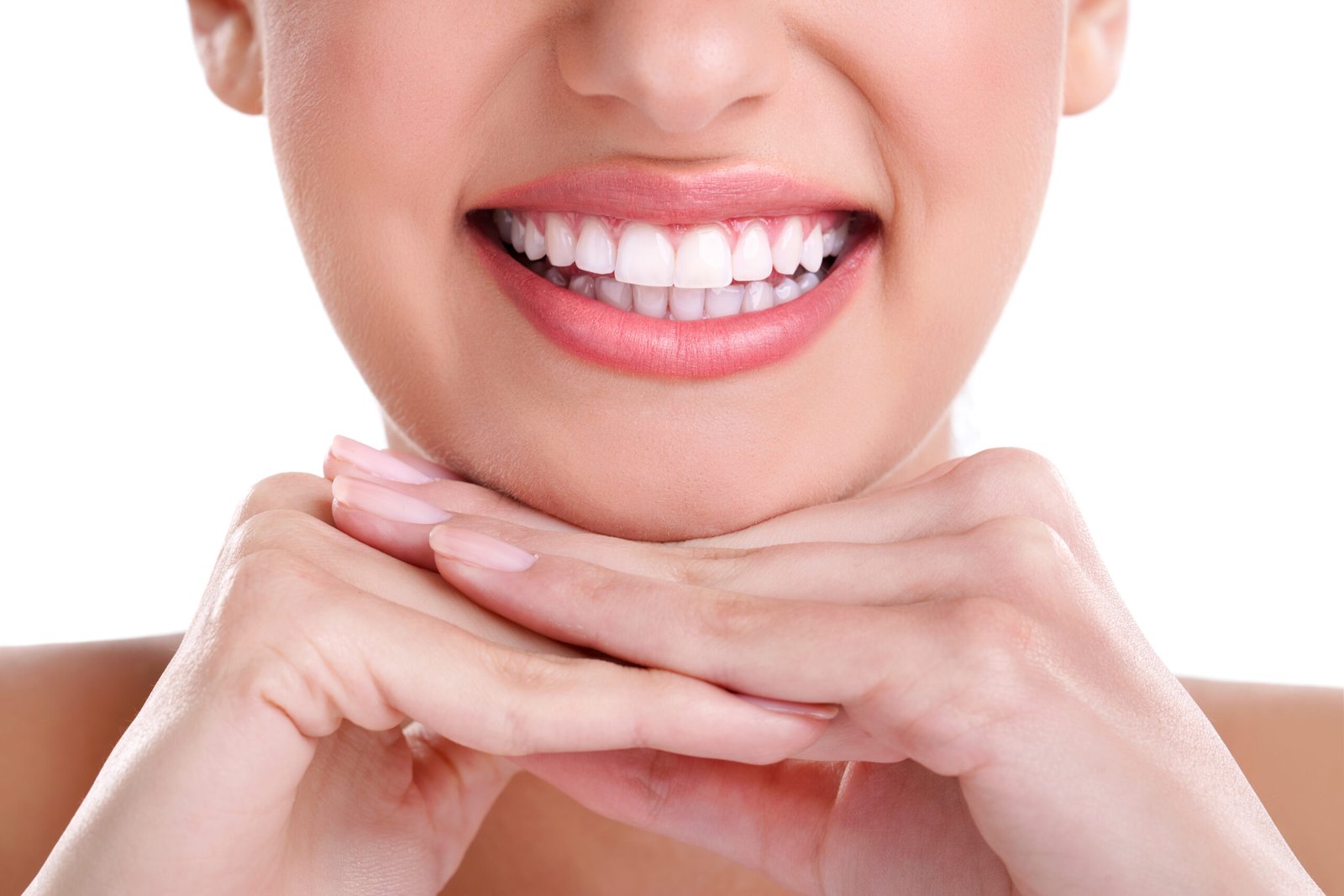
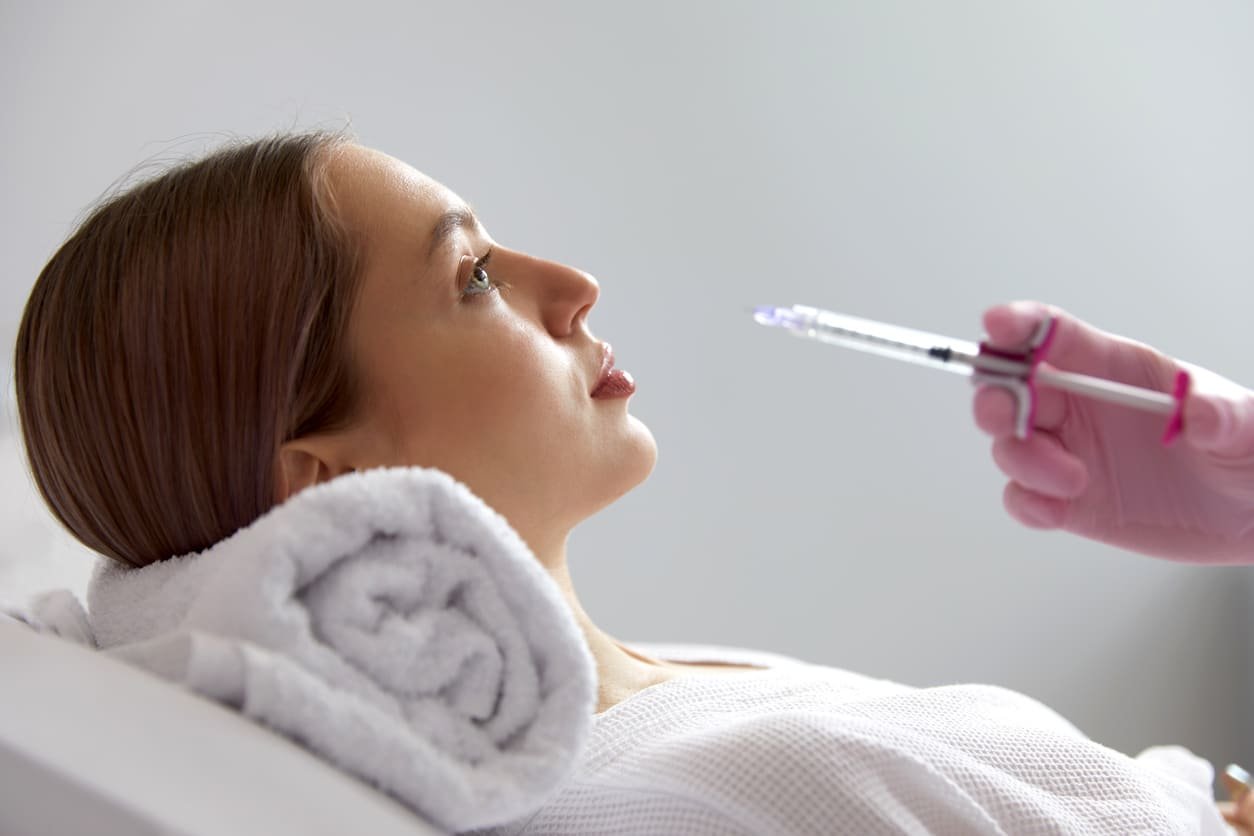
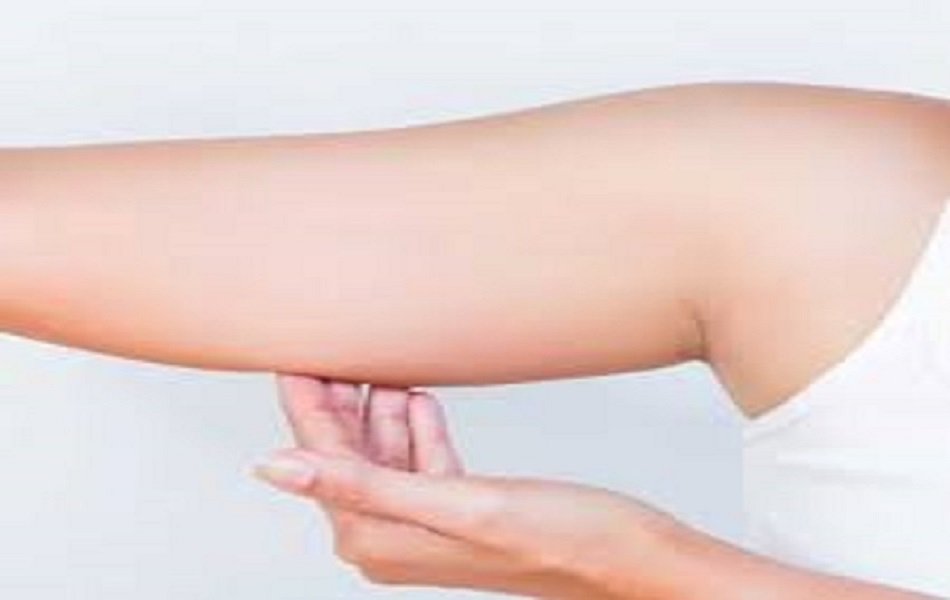
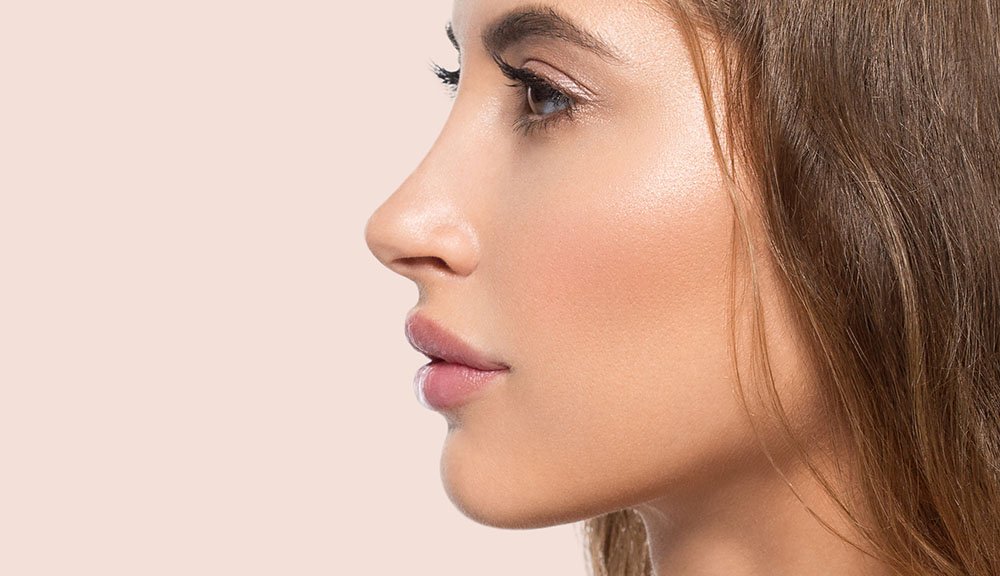





Leave a Reply